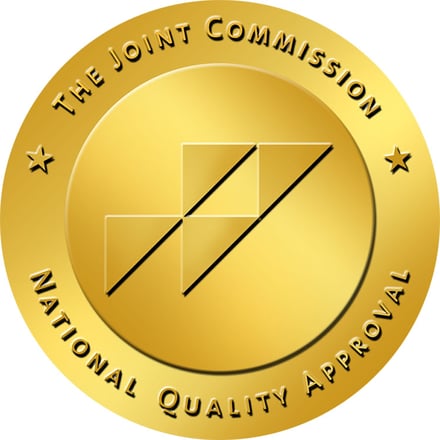“When E. F. Hutton talks, people listen.”
This wildly popular ad slogan ran throughout the 70’s and 80’ and showcased people going about their business stopping everything when they heard “Well, my broker is E. F. Hutton and E. F. Hutton says…”. Take that same scenario, in the hospital environment, only change the name from E.F. Hutton to Joint Commission and utter the words, “They are on site” and you will likely witness the same reaction.
Awhile ago, I witnessed this reaction firsthand. After greeting the OB manager and staff, an announcement came that the “Joint Commission is on site.” Although polite and apologetic, the OB manager abruptly ended our meeting. Then I simply stood back and watched everyone scramble with order, purpose and speed. A testament that when the Joint Commission arrives and they are talking; everyone stops to listen.

In a recent meeting at a hospital, I learned that the Joint Commission asked them to replace their Obstetrical (OB) Delivery/Case carts because their ‘wood’ had a worn finish. In my role as a Product Group Manager, I have seen many carts with a worn wood finish but I have not heard about this directive from the Joint Commission. To truly understand the full directive, I dug further into the Joint Commission standards to better understand them so I could properly advise customers regarding the “wood” finish on Delivery/Case carts.
I first started with the Joint Commission web site, Joint Commission "Standards FAQ's and found nothing relevant. My next step was to ask them directly. I completed their Standards Online Submission Form and identified myself as a vendor to the industry. I shared a brief scrubbed description of the ‘story’ and asked for any “relevant guidelines regarding allowed/disallowed finishes” so we could guide our customers appropriately. My submission was immediately acknowledged with an assigned ticket number and a reply stating that I’d have a response within five (5) business days. And here it is:
“Joint Commission response as of 3/31/17: While the Joint Commission standards are not specific as to the finishes for furniture or equipment, organizations are required to utilize and maintain equipment and furnishing based on manufacturer’s instructions for use or an alternative equipment maintenance (AEM) program (specific to medical and utilities equipment). Additionally, the organization needs to consider evidence based guidelines as to the cleaning and disinfecting of the equipment, such as those found with the Centers for Disease Control (CDC). If the surfaces are not cleanable or are porous, they are no longer providing a cleanable surface that can be appropriately disinfected. Please refer to these guidelines or other reputable evidence based guidelines for further guidance. If you have additional questions, please visit the Standards Interpretation page on our website.”
Although this may not be as clear-cut as we like, it is flexible enough to support the variety of cleaning practices, disinfectants and the materials manufacturers use for OB patient care furniture and carts. If you have questions about your furniture or OB cart’s cleanability, do not hesitate to contact the manufacturer for cleaning instructions and recommended cleaning solutions.
Unfortunately, I have seen a lot of carts with no manufacturer identification. Rest assured, IMS can help you to try to identify the cart and its material(s). To do this, please send us an e-mail with a clear image of the cart and the best way to reach you including day, time, etc. Once the cart manufacture or material is identified, you will want to start with your housekeeping/environmental services team to assess and develop an appropriate cleaning process for these Joint Commission guidelines. If your facility uses an Accreditation Agency other than the Joint Commission we encourage you to inquire of that Agency about this particular situation so you can be proactive in meeting the standards.



